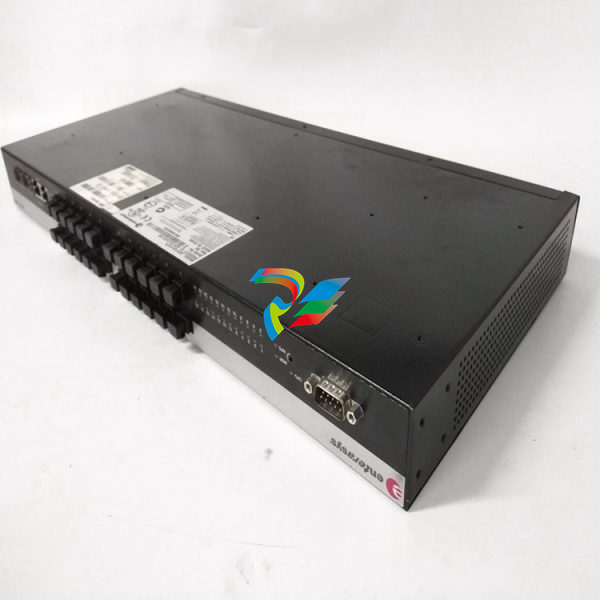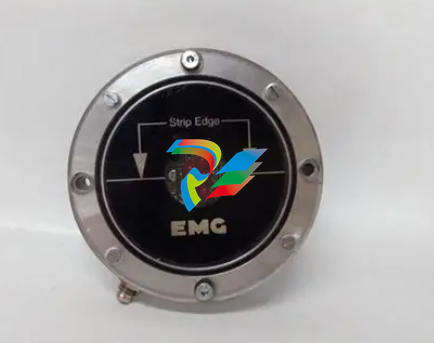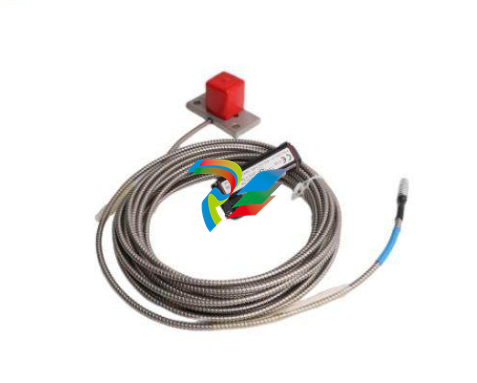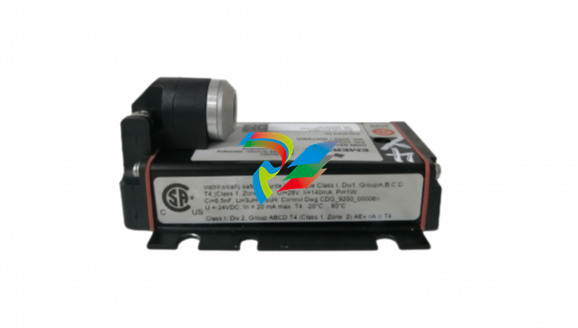
ABBIndustrial Networks Connecting Controllers via OPC
7.2 Outlook
This section first covers some hazards to be considered. The following part is
divided into suggestions for improvements of the existing infrastructure on one
hand, and in proposals for alternative approaches on the other hand. While some
of the suggestions could be implemented in a comparatively short time, others
require further investigation and long implementation times. We did not focus on
the Advant Controllers since they are in the maintenance phase of their life-cycle.
This means that that no developments will be done for these products.
7.2.1 Hazards
• In the PROFIBUS configuration tools as well as in the AC800M there are only
limited capabilities for mappings of variables. That is, 32-bit values are either
mapped to four 8-bit bytes or two 16-bit words. As this already happened
for 32-bit floats and 32-bit integers (packed booleans!) in our configuration,
no 32-bit mappings are left anymore. If we would like to process integers in
addition, they are limited and mapped to 16-bit for example, or alternatively
they would have to be split in booleans first (due to the transparent packaging
in AC800M).
• While this was not considered a problem in our thesis, it could be one in a different configuration: If besides CI854A additional communication interfaces
are connected to PM864A, the CEX bus could be overloaded and slow down
communication.
• According to the specification, the length of a PROFIBUS segment at 12
Mbit/s baud rate can reach up to 100 meters. However, since a configuration
at this maximum baud rate is considered to be rather sensitive, we propose
to keep the distance as short as possible.
• Since our system implies various interfaces and open standards, it can be
manipulated quite easily by anyone with sufficient know-how. In an operational environment it would thus make sense to limit access to the personal
computer at least, securing login and network.
7.2.2 Improvements
General improvements
• To improve determinism one could replace the current Windows Server 2003
R2 operating system by a real-time version of Windows, for example with
real-time extensions, Windows XP Embedded or Windows CE.
• As AC100 OPC Server offers stand-alone functionality, the system can be
reduced to its vital parts, omitting all other tools: Operating system, OPC
servers, bridging software.
• Signals could be split in different priority groups. Less important signals are
processed slower on AF100 as well as in the OPC bridging software, therefore
leaving more resources for the important signals which then can be processed
faster.
• A combination of PROFIBUS and MMS would be possible, processing fast
signals through PROFIBUS and slow ones via MMS, for example.
• A general reduction of signals would also improve performance, of course.
• Implementing the OPC Data eXchange standard in all OPC servers would
supersede a bridging software. Since this standard was not popular until
now, it is probably not an option for most manufacturers.
• With the new generation of OPC, Unified Architecture, a lot of improvements
are implemented, for example COM-independency, redundancy support and
security. We hope, therefore, that vendors will provide OPC UA servers for
their devices as soon as possible.
PROFIBUS improvements
• PROFIBUS parameters were set automatically by AC800M. It should be
possible to optimize these parameters in order to decrease the cycle time.
However, the impact on the resulting RTT will be rather small.
• From our point of view, it should be possible for the manufacturers to implement the ability of swapping words/bytes either in CI854A or STT-PBMSPCI with reasonable expenditure. This would save the unpleasant word swaps
in AC800M program code and we can therefore only hope that this feature
will be implemented in a future firmware release.
• Further development of CI854A could include the implementation of (multi-)
slave functionality, thus offer new possibilities for PROFIBUS connection, especially the direct connection to PROFIBUS masters without the need for
DP/DP-couplers. For example, there are master PCI cards supporting redundancy [43].
MMS improvements
• While Gigabit-Ethernet is already an accepted standard in office IT, AC800M
provides only a 10 Mbit/s interface. Increasing this data rate would boost
the performance of this connection. As a precondition, all involved parts
need to support this higher rate. This applies to the processor module CPU
in particular, since it is responsible for this communication.
• As a further step, the update rate of AC800M OPC Server should be implemented more flexible, such that an update rate down to 1 ms is possible if
the rest of the communication permits to do so.
7.2.3 Alternatives
• Instead of using OPC as communication interface, the relay could be realized
with own “glue logic” software. Woodhead offers an application programming
interface with its card, for example. However, the implementation would be
time-intensive and far less portable/flexible. Of course, also different operating systems like Linux could be taken into account, yet the card drivers must
be written by oneself as far as we can tell.
• Even further goes the idea to implement the relay not on a personal computer,





























































































































